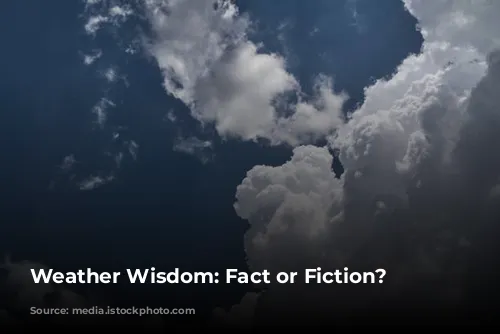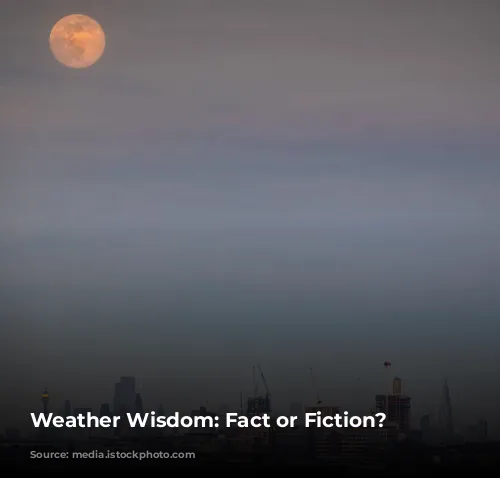Have you ever heard an old saying about the weather? Like “Red sky at night, shepherd’s delight. Red sky in the morning, shepherd’s warning”? These sayings, passed down through generations, offer a glimpse into the past when people relied heavily on observation and experience to predict the weather. Let’s explore some of these age-old weather proverbs and uncover whether there is any scientific truth behind them.
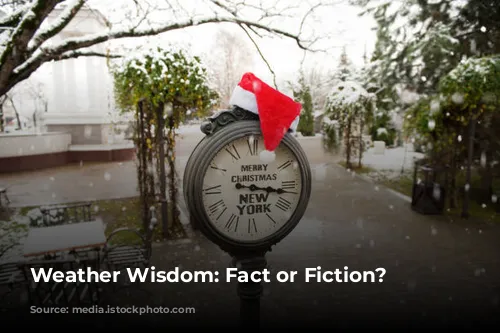
The Red Sky Mystery
Dating back to ancient times, people looked to the sky for clues about the weather. These weather proverbs, particularly useful for sailors and farmers, provided early warnings of upcoming conditions. “Red sky at night, shepherd’s delight. Red sky in the morning, shepherd’s warning”, a saying found in the Bible’s book of Matthew, was used to predict the next day’s weather. Though variations exist across the globe, like “Red sky at night, sailors delight,” the underlying science remains the same.
But why does the sky turn red at sunrise and sunset? The answer lies in the way light interacts with the atmosphere. As the sun rises or sets, its light travels through more air, scattering blue light, leaving only red light to reach our eyes. This scattering happens when dust and tiny particles are trapped in the air, creating a vibrant red hue.
In areas where weather systems typically move from west to east, like the UK, this saying can be quite accurate. “Red sky at night, shepherds delight” often holds true because a red sunset signals high pressure moving in from the west, bringing fair weather. Conversely, a red sunrise, “shepherd’s warning”, means the high-pressure system has already moved eastward, leaving behind the possibility of rain and wind.
The Legend of St. Swithun
The story of St. Swithun, the Bishop of Winchester, is another popular weather proverb: “St. Swithun’s day, if thou dost rain, / For forty days it will remain; / St. Swithun’s day, if thou be fair, / For forty days ’twill rain no more.” Legend has it that St. Swithun, buried outside, requested to be moved indoors. When his remains were moved on July 15th, a heavy downpour began, lasting for forty days and nights. This event led to the belief that the weather on St. Swithun’s Day would determine the next forty days’ weather.
However, modern science tells a different story. The jet stream, a high-altitude wind current, plays a significant role in determining summer weather patterns. If the jet stream is positioned further south, it brings more unsettled weather, while a northerly location brings brighter, drier conditions. While the jet stream influences weather patterns, there is no evidence of forty consecutive days of rain after St. Swithun’s Day.
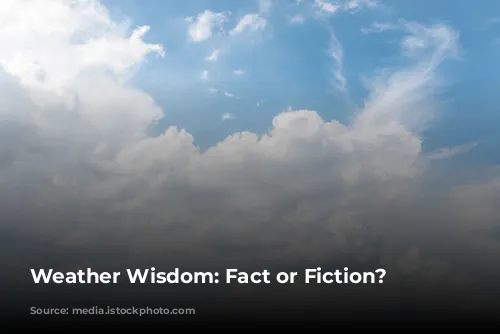
Halo Rings: A Sign of Rain?
When a ring appears around the moon or sun, sometimes referred to as a halo, it’s a sign of rain on the way. These halos are caused by light refracting through ice crystals in high clouds. As these crystals descend, they increase the chance of precipitation. This phenomenon is particularly noteworthy in summer, where halos can often herald approaching storms.
However, sometimes a corona can be mistaken for a halo. Instead of light refraction, a corona forms when light is diffracted as it travels through water droplets in clouds, creating a ring around the light source.
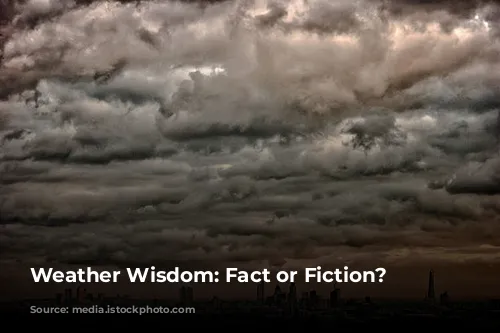
Wind from the East: Not a Good Beast
The proverb “When the wind is out of the East, tis never good for man nor beast” holds some truth. A northeasterly air mass, known as the “polar continental” air mass, originates from Eastern Europe and Russia, bringing bitterly cold winds to Britain in winter. While this air mass can bring warm, dry winds in summer, it is primarily noticeable in Britain during the winter months.
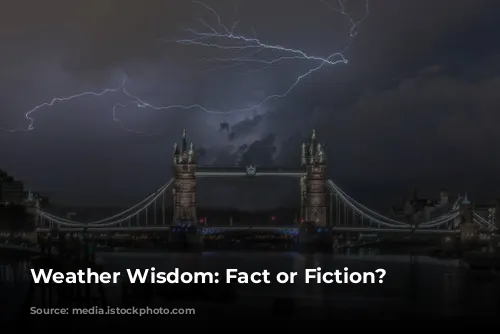
Mackerel Sky: A Warning Sign
This weather proverb originates from a nautical background. The term “mackerel sky” describes a sky covered in altocumulus clouds, which resemble the scales of a mackerel fish. These clouds form when there is enough moisture in the air to suggest approaching rainfall. Another cloud formation, cirrus clouds, known as “mare’s tails,” can also appear before storms. Both cloud types often prompted sailors to lower their sails as a precaution.
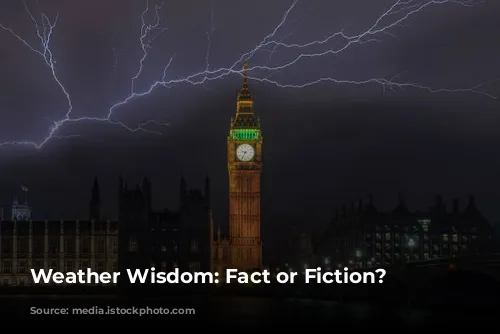
Rain Before Seven: A Questionable Claim
The saying “Rain before seven, fine by eleven” points to the fact that weather systems in the UK, influenced by westerly airflow, can change quickly. However, while a low-pressure front may pass through in the morning, rain often lingers for longer than a few hours, making this saying unreliable.

Cows and Rain: A Myth Debunked
The age-old belief that cows lie down before rain is widely believed, but unfortunately, it is a myth. While some speculate that cows sense atmospheric pressure or moisture in the air, the truth is that cows lie down for various reasons, and rain is not one of them. More likely, they are simply relaxing and chewing their cud.
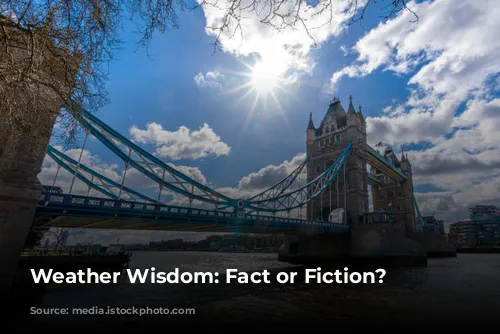
Pine Cones: A Scientific Truth
This proverb stands out as one grounded in scientific fact. Pine cones open and close in response to humidity. Dry weather causes the cones to open as the scales dry and stiffen, while damp conditions allow them to close due to increased moisture.

Conclusion
While some weather sayings have a scientific basis, others are simply folklore passed down through generations. While the red sky at night, the halo around the moon, and pine cones are all good indicators of future weather conditions, other sayings like cows lying down before rain lack scientific evidence. Nevertheless, these proverbs remain an interesting part of our cultural heritage and a reminder of our enduring fascination with the weather.


